Are clematis deer resistant? In this comprehensive guide, we will delve into what makes clematis an intriguing choice for your garden while examining its resistance to deer and other potential nuisances.
Understanding Deer Behavior
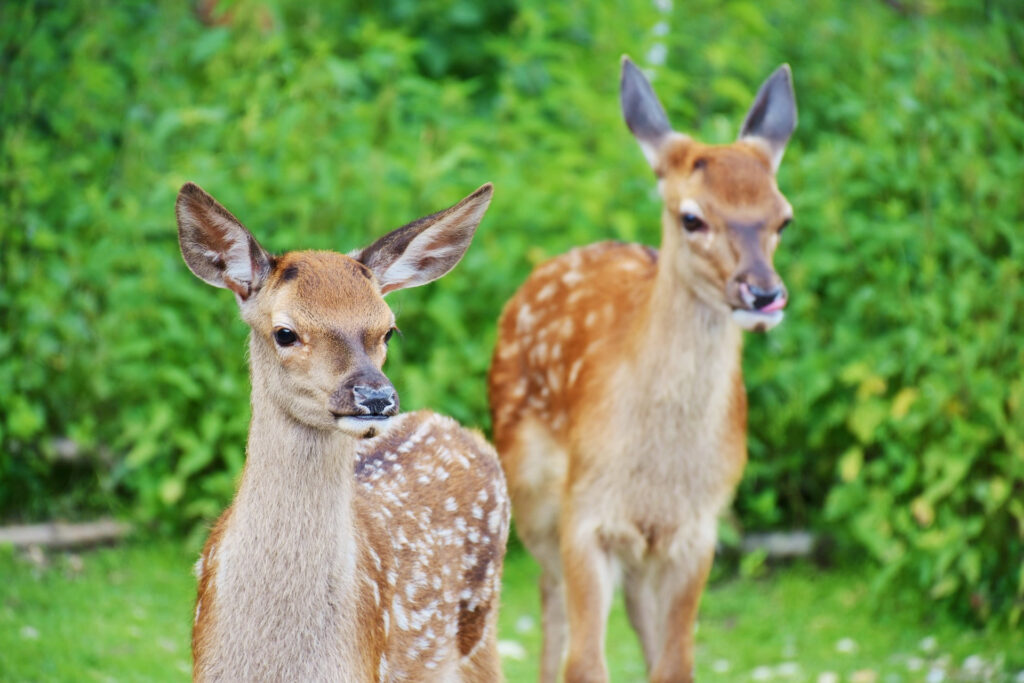
Before we dive into the world of clematis, let’s first understand the behavior of deer. Deer, particularly in suburban areas, have adapted to feed on a wide array of plants. Their selectivity can change based on availability, seasonality, and hunger levels. Typically, deer prefer tender, palatable greens, and young seedlings. Recognizing the types of plants they tend to avoid is crucial when curating a garden that stands a fighting chance against these wildlife intruders.
Eating Habits of Deer
Deer are not indiscriminate eaters; they often sample different plants to determine their favorites. They tend to gravitate toward lush foliage and softer textures. This is where clematis enters the discussion. Understanding clematis’s characteristics can help us assess how alluring it may or may not be to deer.
Clematis: An Overview
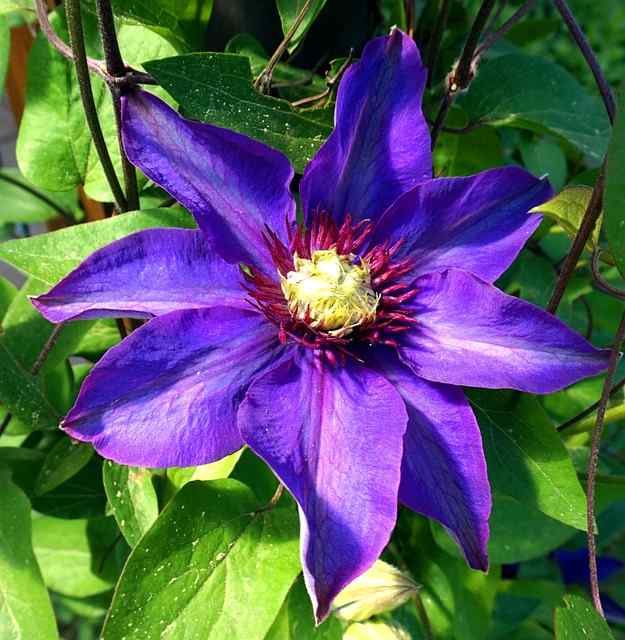
Clematis is a genus of flowering plants in the family Ranunculaceae, known for its climbing and sprawling habits. With over 300 species and numerous cultivars, clematis showcases a stunning assortment of colors, sizes, and blooming times. They can serve multiple roles in a garden, from covering unsightly structures to acting as focal points in flower beds.
Varieties of Clematis
Clematis varieties can be broadly classified into three groups based on their flowering patterns:
Group 1: Early bloomers that flower on old wood, usually blooming in late winter to spring.
Group 2: Double-flowered varieties that may bloom on both old and new wood.
Group 3: Late bloomers that flower on new growth in summer and fall.
Different groups have different requirements and resistances, which means varying levels of deer resistance might be present within them.
Are Clematis Deer Resistant?

To address the crux of our topic: deer resistance largely varies between clematis species and how local deer populations behave. While some clematis varieties may exhibit certain qualities that make them less attractive to deer, it’s crucial to understand that no plant is entirely deer-proof.
Factors for Resistance
Foliage Texture: Many deer avoid plants with dense, leathery leaves. Some clematis varieties present a more fibrous foliage texture, which may deter deer feeding.
Bitterness and Toxicity: A few clematis species contain compounds that may be unpalatable or slightly toxic, making them less desirable for deer. Species with bitter-tasting foliage tend to be overlooked by these munching mammals.
Seasonal Preference: During spring, when budding clematis offers fresh greenery, deer may be more drawn to it. However, as summer progresses and other food sources become more abundant, the urgency for clematis may lessen.
Specific Varieties to Consider
If you wish to deter deer in your garden while still enjoying the beauty clematis has to offer, consider focusing on particular varieties known for their lesser appeal:
Clematis ‘Jackmanii’: A popular variety that provides large, rich purple blooms with a slightly tougher texture.
Clematis ‘Hokkaido’: Low-growing and known for its machine-like resilience, which helps in fighting off deer invasions.
Clematis ‘Nelly Moser’: Although it has a delightful flower, the foliage has proven to be less appetizing for deer, making it a pragmatic choice.
Uniqueness and Charm of Clematis

Beyond their deer-resistant qualities, clematis has several aspects that make them a cherished addition to gardens. Their climbing nature means they can thrive in less-than-ideal places, such as walls, fences, and trellises, maximizing garden space while adding vertical interest.
Versatile Landscaping
Clematis can be used in a multitude of ways within your garden design:
Vertical Gardens: They climb trellises, making them ideal for adding height and dimension.
Cover Unsightly Areas: Their rapid growth can help conceal fences or unsightly structures.
Companion Planting: Clematis can thrive alongside various other plants, creating a diverse and attractive planting scheme.
Care and Maintenance
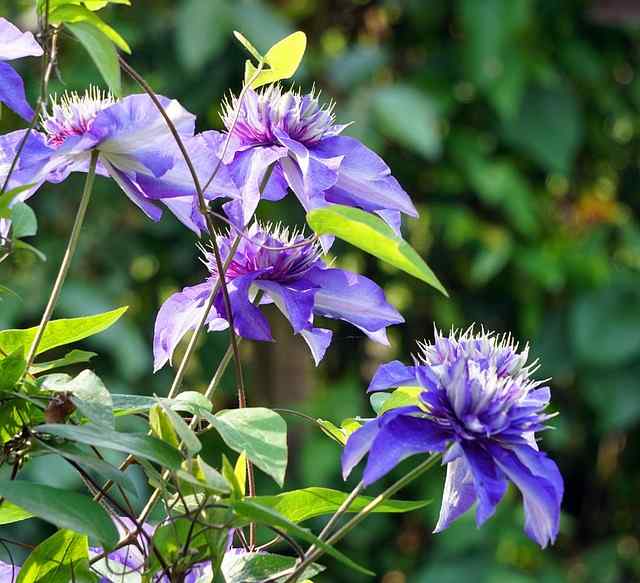
Having a clematis garden does come with its own needs. While they’re generally hardy, understanding how to care for them will keep your plants healthy and vibrant while maintaining resistance to deer.
Soil and Watering
Clematis typically prefers well-drained soil that retains some moisture while allowing excess water to escape. Regular watering during dry spells aids their growth and enhances blooming. Deep watering encourages deep root systems, which helps them thrive and be less vulnerable to pests.
Pruning
Proper pruning is crucial for clematis health as it encourages flower production and prevents overgrowth or disease. Depending on the group your clematis belongs to, techniques will vary, and understanding the best times to prune can keep your plants robust and can inadvertently aid deer resistance.
Companion Plants for Deer Resistance
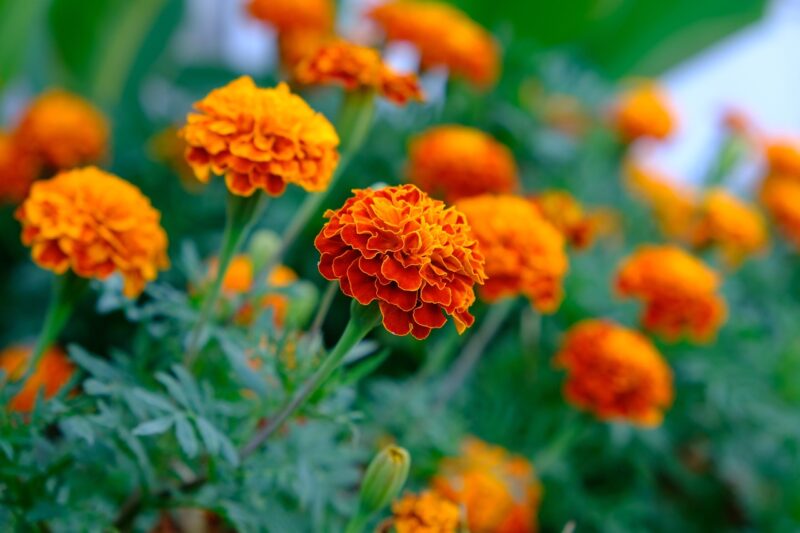
Creating a diverse garden means some plants naturally complement each other while also providing varying levels of resistance to wildlife. Consider incorporating plants known for their unappealing taste to deer alongside your clematis varieties:
Lavender: The aroma keeps deer at bay while adding delightful color and fragrance.
Sage: Its strong scent is off-putting to deer and pairs excellently with many gardening themes.
Marigolds: The bitter taste from marigolds can deter various pests, including deer.
Local Considerations
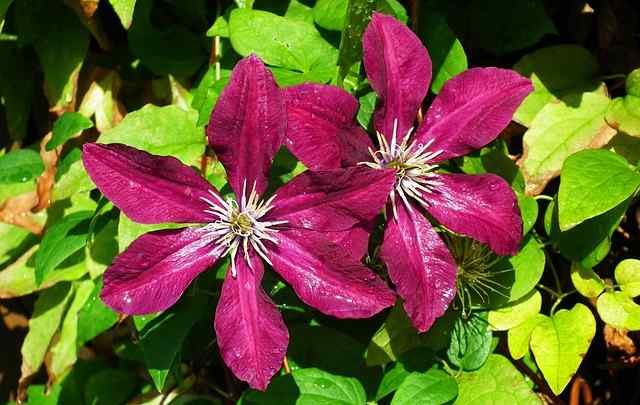
Every garden is unique, and understanding your local environment is key to forming a thriving green space. Different regions may have varying deer populations and plant preferences. Local wildlife patterns can affect how your clematis is approached.
Regional Plant Questions
Local Deer Behavior: Researching whether your local populations have a fondness or aversion to certain plants is crucial.
Native vs. Non-native Species: Understanding what plants are native to your area and which are non-native may provide better insight into deer feeding habits.
Resources, such as local gardening clubs or cooperative extension services, can provide tailored advice specific to your area.
Protecting Your Clematis
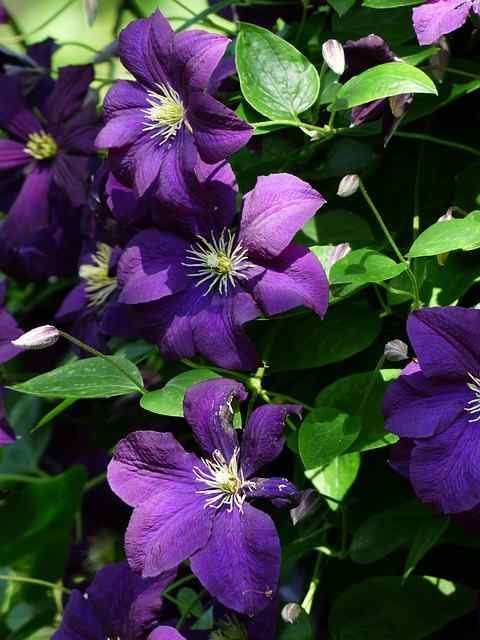
In more deer-prone areas, you may still wish to grow clematis regardless of their susceptibility. If you face persistent deer issues, consider additional protection strategies:
Physical Barriers: Fencing or netting can effectively deter deer from reaching your clematis.
Scare Tactics: Noise-makers, reflective materials, or even decoys may offer temporary deterrents.
Beyond Deer: Other Pests and Problems
It’s not just deer that can pose a threat to your clematis. Several other garden nuisances may find your plants delectable. Keeping a watchful eye on these is vital for maintaining plant health.
Common Pests
Aphids: These sap-sucking pests can weaken your clematis if left untreated.
Spider Mites: These tiny creatures may turn leaves yellow or cause wilting.
Powdery Mildew: A fungal disease that can affect clematis in humid or crowded conditions.
Prevention and Treatment
Regular monitoring and promptly addressing issues can save your plants. Organic options for pest control include insecticidal soaps and neem oil, providing effective solutions without heavy chemicals.
Conclusion: The Case for Clematis
So, are clematis deer resistant? While they might not be entirely off-limits to deer, certain varieties do exhibit behaviors and characteristics that make them less inviting choices for browsing deer. With sufficient care, thoughtful planning, and understanding nuances about deer behavior, you can enjoy the enchanting blooms of clematis while pairs with protective strategies and wise plant selection.





